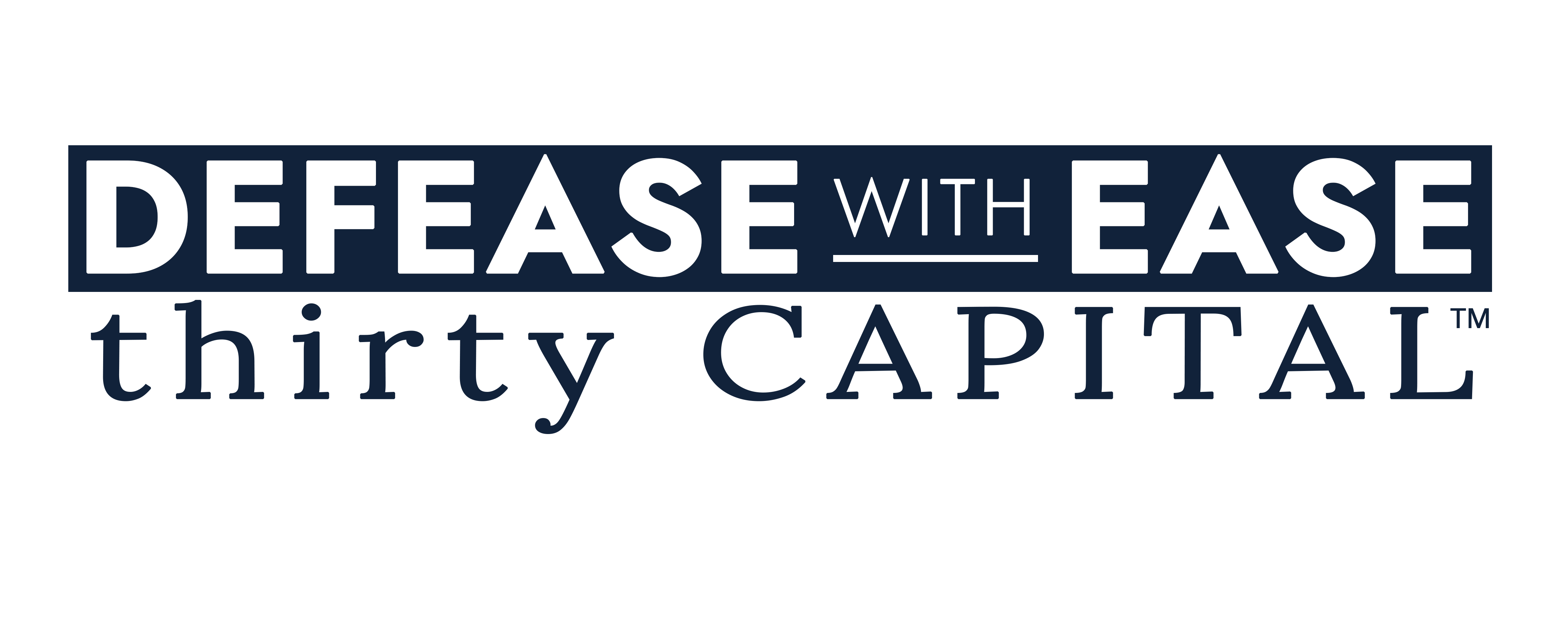For commercial real estate (CRE) borrowers, interest rate expectations are as important as current rates themselves. The Secured Overnight Financing Rate (SOFR) serves as the benchmark for floating-rate loans, and its forward curve has become a critical tool for understanding market sentiment. Yet, many borrowers still misread what the forward curve actually signals, treating it as a directional guide rather than a reflection of current market consensus.
In 2025, the SOFR forward curve is sending mixed signals: markets expect a gradual easing of rates, but uncertainty around inflation, Fed policy, and global growth keeps volatility elevated. For mid-market CRE owners and operators, the challenge is translating these signals into debt and hedging strategies that protect performance. This blog unpacks what the forward curve really means, how to use it in decision-making, and where the risks lie.
What the SOFR Forward Curve Is (and Isn’t)
The SOFR forward curve represents market-implied expectations for where SOFR may trade in the future, derived from pricing in interest rate derivatives such as futures and swaps. These instruments collectively reflect how market participants are positioning for future rate movements. Lenders, hedge providers, and investors rely on the forward curve to structure loans, price hedges, and value portfolios.
But the forward curve is not a crystal ball. It reflects today’s consensus view, shaped by market positioning, liquidity, and risk appetite. Just as forward oil prices don’t always predict where energy markets end up, the forward curve often diverges from realized rates.
Example: In early 2022, the forward curve projected SOFR to peak near 2.50% by mid-2023, but aggressive Fed tightening ultimately drove it above 5.00%. The curve told us more about market confidence (or lack thereof) at that moment than about future certainty.
Why the Curve Matters for CRE Borrowers
Even though the SOFR forward curve is not a perfect predictor of future rates, it remains a critical reference point for CRE borrowers. Floating-rate loan pricing often reflects forward expectations—not directly, but through how lenders and investors interpret market sentiment and manage funding costs. Hedge pricing also stems from these expectations, with steeper curves generally leading to higher premiums for caps, swaps, or collars. 
Beyond immediate financing, the forward curve supports broader portfolio planning. helping owners model cash flow, test debt service coverage ratio (DSCR) thresholds, evaluate refinancing options, and run sensitivity analyses that demonstrate preparedness for volatility. In short, while the forward curve should never be treated as a forecast, it remains an indispensable tool for shaping both tactical financing decisions and long-term capital strategy.
The Current SOFR Forward Curve (2025 Snapshot)
As of early 2025, the SOFR forward curve implies:
- Gradual easing: Markets expect some rate relief over the year, with SOFR projected to drift toward the mid-3 percent range by 2026.
- Shallow path: Cuts are priced slowly, suggesting the Fed will remain cautious about inflationary flare-ups.
- Volatility risk: Day-to-day movements in the curve remain sharp, reflecting uncertainty about both economic growth and geopolitical risk.
For CRE borrowers, this means hedging decisions must balance short-term costs with long-term flexibility.
Scenarios: Reading Between the Lines
Understanding the SOFR forward curve requires moving beyond charts and numbers to see how it plays out in real-world decision-making. Every borrower faces unique challenges, whether it’s refinancing at maturity, structuring an acquisition, or meeting return hurdles on a fund. The forward curve provides a framework, but borrowers must interpret it within their own risk, timing, and business plans. The following scenarios illustrate how borrowers might approach hedging and financing when faced with forward curve implications, highlighting the trade-offs between relying on implied expectations and preparing for the unexpected.
Scenario 1: Refinancing into a Floating Loan
A borrower faces a $40M loan maturity in late 2025. The forward curve suggests lower rates in 12–18 months, but the current SOFR is still above 4.00%.
- Temptation: Rely on forward curve projections and take on floating debt unhedged.
- Reality: If inflation runs hot, the Fed could stall cuts, leaving the borrower exposed.
- Best approach: Use a short-term cap or collar. This preserves downside participation if rates fall but protects against delay risk.
Scenario 2: Purchasing a Cap
An operator acquiring a $25M multifamily property considers buying a two-year SOFR cap. The forward curve suggests rates will decline, but cap pricing still reflects volatility.
- Trade-off: Paying $350,000 upfront for a cap may feel unnecessary if rates fall.
- However: If the market proves wrong and rates remain elevated, the cap can still prevent significant (though less likely) additional interest expense.
- Advisory insight: Structuring the cap with staggered expirations or a forward-start feature may reduce cost while maintaining protection.
Scenario 3: Planning for Exit IRR
A fund targets a five-year exit with 15% internal rate of return (IRR). Their financing is floating-rate bridge debt, and the forward curve suggests gradual easing.
- Modeling with curve: IRR appears achievable if rates decline as implied.
- Stress test: If SOFR remains elevated by even 75 bps above the curve, projected returns fall below target.
- Decision: A collar structure could, in theory, offer lower upfront cost than a cap while providing downside protection if the Fed remains hawkish. But in practice, many financing products limit a borrower’s ability to implement such a strategy
Misinterpretations Borrowers Must Avoid
Many CRE borrowers misstep not because they ignore the SOFR forward curve, but because they overestimate how much certainty it provides. While most understand that the curve isn’t a guarantee, some still rely too heavily on its implied path when making financing decisions. Borrowers also tend to underestimate volatility, forgetting that even if the curve slopes downward, short-term rate spikes can still trigger covenant breaches or cash flow stress.
Another common pitfall lies in overlooking hedge dynamics. A downward-sloping curve doesn’t necessarily mean hedge pricing will be cheap; volatility premiums can keep costs elevated. Finally, some borrowers let the curve shape their strategy without fully accounting for their business plan. A curve that implies lower rates may encourage avoiding a hedge, but if a property’s performance can’t withstand even a temporary spike, the downside risk can easily outweigh potential savings.
How to Use the Forward Curve Effectively
- Pair It with Stress Testing: Instead of relying on the implied path, model scenarios both above and below the curve. This shows how resilient your property is to unexpected rate paths.
- Monitor the Curve Regularly: The forward curve shifts daily with market news. Borrowers should view it as a living signal, not a static forecast.
- Integrate Hedge Pricing: Always compare hedge premiums against the curve’s implied benefits. For instance, if a cap costs 1% of loan proceeds but prevents DSCR erosion in a stress scenario, the return on investment (ROI) may be justified.
- Align with Exit Strategy: If an asset is expected to be sold in three years, focus on the forward curve in that horizon, not beyond. Structuring hedges that match your hold period avoids costly mismatches.
Advisory in Action: Turning Signals into Strategy
Advisory expertise bridges the gap between interpreting the SOFR forward curve and executing debt strategies. Many debt and capital markets advisors help borrowers translate curve signals into action by:
- Running scenario models: Stress-test portfolios across multiple rate paths.
- Optimizing the capital stack: Align curve insights with refinancing opportunities and covenant management.
- Negotiating hedge terms: Use curve movements to time purchases and secure better pricing.
Timely action on forward curve shifts can create meaningful savings that might otherwise be missed.
Parting Thoughts
The SOFR forward curve is one of the most powerful tools available to CRE borrowers, but it must be read with caution. It reflects consensus, not certainty, and markets can shift faster than expected. For borrowers, the curve should serve as a starting point to inform hedge purchases, refinancing strategies, and portfolio planning, while stress testing and advisory insight fill in the gaps.
At Defease With Ease | Thirty Capital, we help borrowers turn forward curve insights into actionable strategies. Our recurring Debt Scorecard overlays your portfolio’s upcoming maturities with the forward curve, tracks essential KPIs, and highlights debt opportunities—giving you the clarity and confidence to make proactive, market-informed decisions. Learn more about what’s included in the Debt Scorecard.




